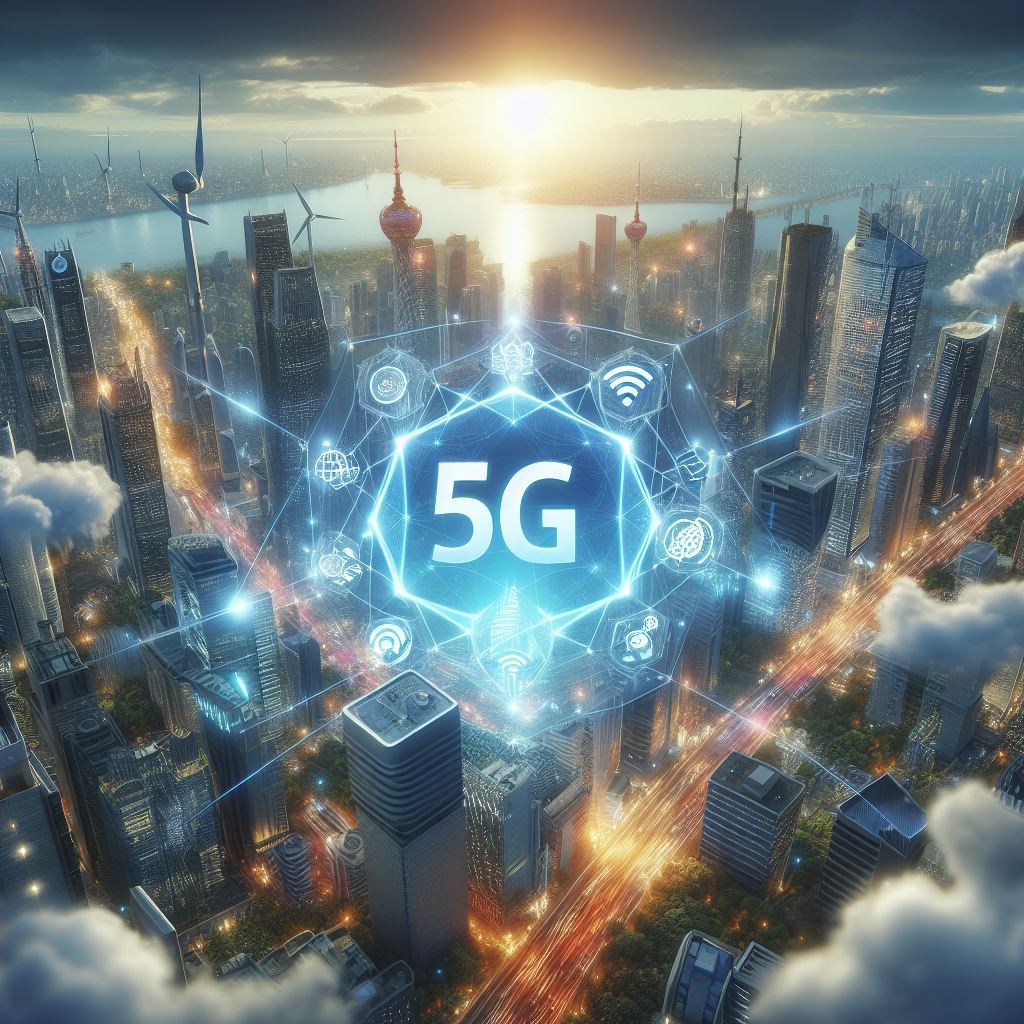3GPP (3rd Generation Partnership Project) 5G Advanced standard builds upon the foundation of 5G and adds a number of technical improvements in the air interface, the communication link between the user equipment (UE) and the network. Let’s delve into the nitty-gritty and explore these advancements:
Enhanced Mobility and Handovers via L1/L2-Triggered Mobility (LTM): This feature enables faster and smoother handovers between cells, minimizing service interruptions during user movement. LTM works across all frequency bands and even supports carrier aggregation scenarios.
Improved Network Efficiency and Throughput via Enhanced MIMO Techniques: 5G Advanced explores advanced Multiple-Input and Multiple-Output (MIMO) techniques that can potentially increase network capacity and improve spectral efficiency.
Power Saving for Extended Battery Life via NR-Reduce Power Consumption (NR-RPC): This feature introduces new mechanisms for both the network and the user equipment to optimize power consumption, extending battery life for mobile devices.
Network Slicing Enhancements that allows operators to create virtual networks within their physical infrastructure, catering to specific needs (e.g., low latency for self-driving cars). 5G Advanced refines network slicing with improved resource management and isolation between slices.
Artificial Intelligence / Machine Learning for Air Interface Optimization: 3GPP is exploring the use of machine learning algorithms to dynamically optimize air interface parameters based on real-time network conditions and user needs.
Non-Terrestrial Network (NTN) Evolution: to integrate communication networks with non-terrestrial elements like satellites. 5G Advanced paves the way for broader adoption of NTNs by enhancing support for various use cases.
Broadcast and Multicast Service (BCMCS) Improvements: 5G Advanced aims to improve the efficiency and reliability of broadcast and multicast services, which are essential for applications like live streaming and content distribution.
Uplink Enhancements: for data transmission from the user equipment to the network. 5G Advanced explores improvements in uplink performance, potentially leading to faster upload speeds and better support for real-time interactive applications.
With these key improvements, 5G Advanced promises to deliver a more robust, efficient, and intelligent mobile network experience, paving the way for innovative services and applications in the future. As research and development progress, we can expect further refinements and the potential for even more groundbreaking features in the 5G air interface.
